As adventurers and athletes, the remarkable women in this collection have accomplished things we here in front of our desktop computers can only dream of. Jessica Watson solo-sailed across the world at 16; Arunima Sinha climbed Mount Everest as the first female amputee. They and many more make it look easy, although we know it’s anything but. Read on to see how they stay so fit.
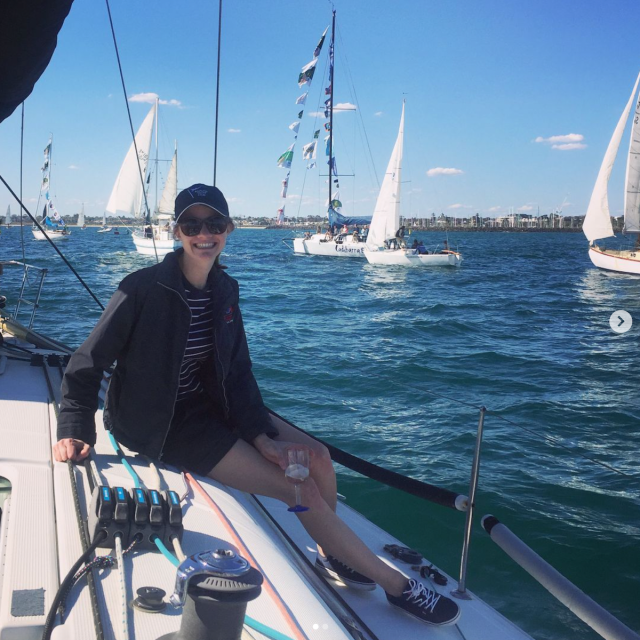
Jessica Watson sailed the world when she was 16. She also likes to run in marathons for charity. In September, Watson shared this video on Instagram of a charity race she will be participating in. She captioned the post, “Looking for an excuse to get active? I couldn’t imagine a better one than supporting the @strokefdn to prevent stroke and support recovery by signing up for Stride4Stroke this November (link in bio).”


Krystle Wright photographs many impressive things. She’s known for taking photos of extreme sports. Wright shared this post on Instagram of herself kayaking down the river of the Grand Canyon. She captioned it, “If you are lucky enough to be invited to the Grand Canyon, I encourage you to make the time.“
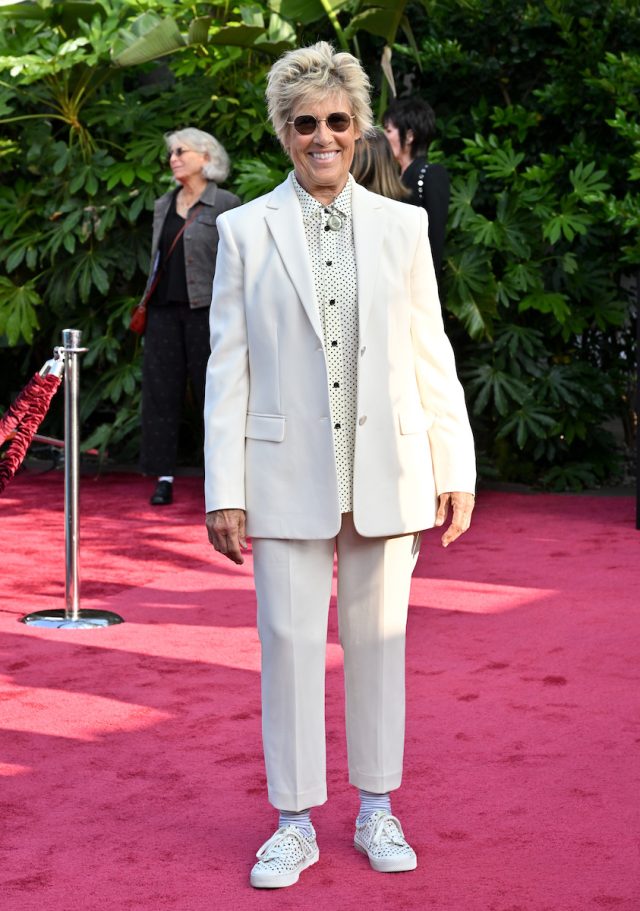

Diana Nyad notably swam from Cuba to Florida. She opened up about her diet in an interview with Parade. “I’m not prone to chase every new food thing that pops up—from a focus on antibiotics, to gluten-free everything, to zero carbs. Common sense is my guide, at least when I’m not training intensely, when huge numbers of calories are necessary. I eat small portions all day long: some protein, some grains, some fruits, vegetables, some complex carbs…..and some gelato! One cardinal rule is not eating within four hours of bedtime.”
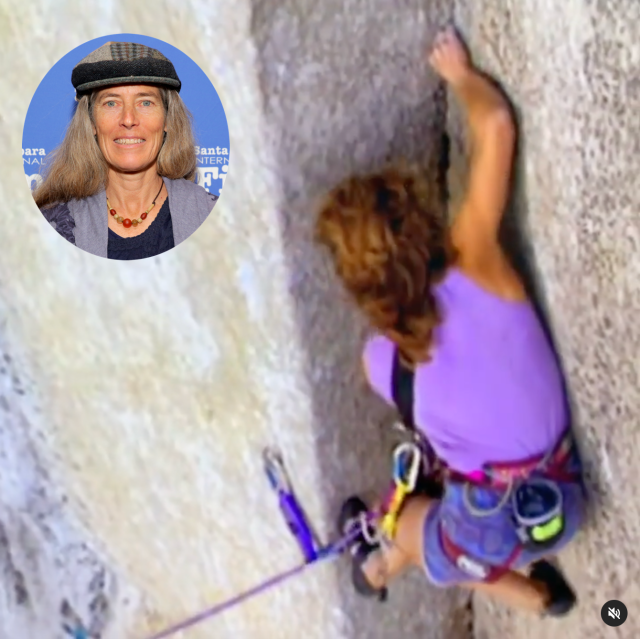

Rock climber Lynn Hill was the first person to free-climb The Nose on El Capitan in Yosemite. She shared the importance of being independent to UKClimbing.com. “When you’re really sticking your neck out, you must be fully responsible for yourself and if you make a mistake there’s nobody to save you. You learn to take those risks, when it feels right and when it doesn’t. I don’t actually remember backing off of any climb, I just did whatever necessary to do climbs that I thought I could do. I was willing to be adventurous and I think that’s something that’s a little bit lost in the sport climbing scene just now. I think that sport climbers and boulderers are pretty bold sometimes too, but people don’t pride themselves in that style of climbing as much anymore.“


Jill Heinerth is an underwater diver. She talked about diving in an interview with NPR. “The best way for me to describe it is to think of the planet as a body, and I am swimming through the veins of Mother Earth. I’ve been cave diving all over the planet in underwater caves in, you know, Florida, the Bahamas, underneath the Ural Mountains in Siberia, inside lava tubes in volcanoes and even inside icebergs.“


Arunima Sinha was the first female amputee to climb Mount Everest. She talked about the trek in an interview with India Today. “I felt really bad at that time but I knew I couldn’t go back. I told the sherpa I wouldn’t, and even tried reasoning with him. When he refused to listen to me, I told him, ‘Fine, if you want to come then come. Otherwise, I’ll go on my own.’ The moment I said those words, and placed a foot ahead, I found that my sherpa was right behind me. After that, he never left my side. Two hours later, we were at the peak.”
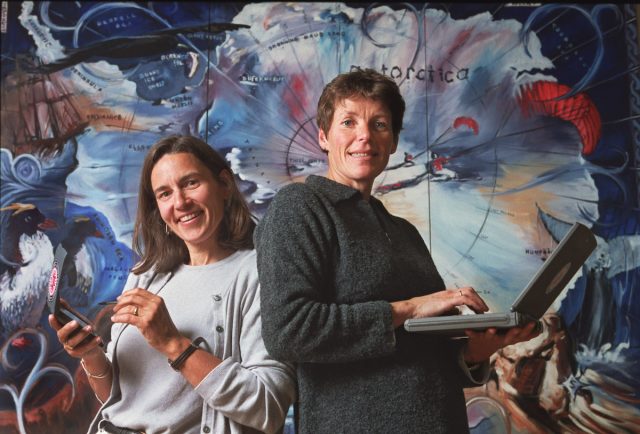

Ann Bancroft is known for her expeditions to the Arctic and Antarctic. She talked about her motivations and mental strength to Forbes. “Failure scares me. But I’ve had enough to know it only strengthens you, if you are willing to examine it. The day-to-day mostly doesn’t scare me because we prepare for so much more than the expeditions themselves. Of course, there are moments. Maybe you suddenly see a polar bear, or fall into a crevasse or the Arctic Ocean opens as you sleep in your tent. But then again, your training kicks in, and you deal.”


Gerlinde Kaltenbrunner is the first woman to climb all fourteen eight-thousanders without supplemental oxygen. She talked about her wellness secrets in an interview with ISPO. “I have been eating a purely plant-based diet for many years. At home we only buy and eat purely organic products, as far as possible fresh, seasonal and regional. We also make sure not to waste any food. I also use the train whenever possible, for example to travel to my lectures. At home, I use the bicycle whenever possible for shopping and avoid elevators and escalators in everyday life. Laundry and dishes are only washed in energy-saving mode. There are many ways to act mindfully here.”
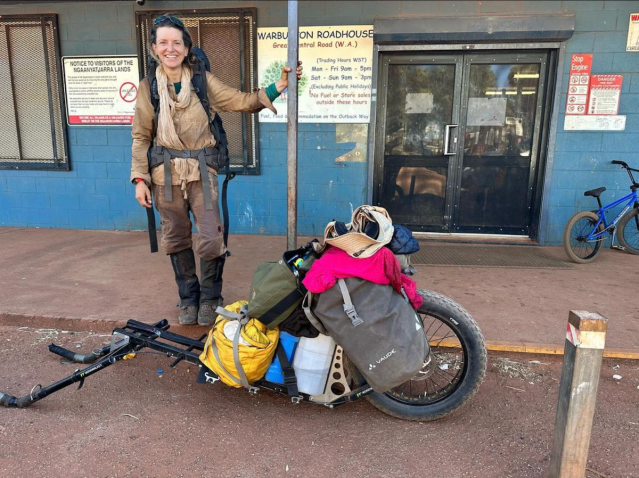

Sarah Marquis walked solo from Siberia to Australia. She opened up about why she loves walking in an interview with WBUR. “Yeah, this is what I do,” Marquis says. “Walking is human speed. We’re not meant to go faster. We’re not meant to be in a pushbike or in a car. We are actually built to actually walk. The story starts a long, long time ago when I was a little girl. And I grow up in the northern part of Switzerland in an area where there was green, rolling hills. With my two brother, we were wandering all the time in the woods, foraging for mushrooms and amazing bird and little insects.”
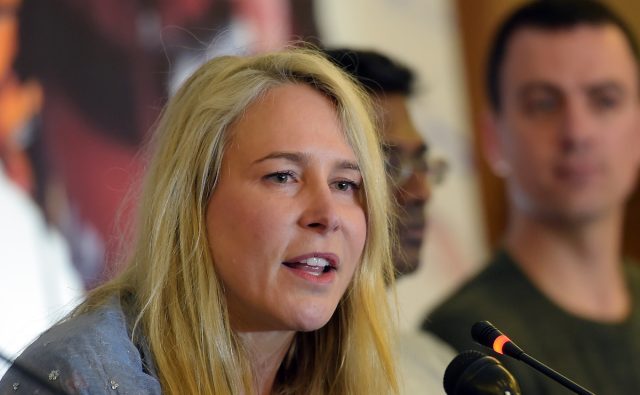

Vanessa O’Brien has climbed the highest peaks on each continent. She shared her climbing tips in an interview with Thomson Treks. “You can’t go too high too fast. You have to respect a mountain that’s 19,341 feet tall. You’ll learn to take calculated risks, whether it’s in your job, a relationship, or anything else. And the best part is, the skills you learn throughout the process are always yours to keep.”
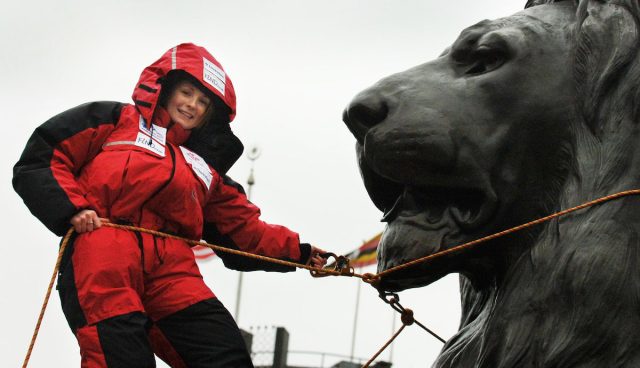

Tori James was the first Welsh woman to climb Mount Everest. She likes to run to stay in shape. James shared this video on Instagram of herself training. She captioned the post, “I run for fun. I run for fitness. I run for the sights, the sounds, the smells (not all of them)! I run for resilience: mental & physical 💪Looking forward to the Preseli Beast race in #Pembrokeshire in a few weeks time with @cazthehat and the amazing volunteers from Maenchlochog & beyond. Mountains and cake await yum.”


Lizzie Carr is the first woman to paddleboard across the English Channel. She is also an environmental activist, and talked about this to SELF. “The Hudson River is iconic, but it’s the same as the Thames in London. When you tell people what you’re doing, they say, ‘Ew, why would you do that? It’s filthy, it’s disgusting. Why would you go near it?’ Locals just don’t feel connected to their waterways, they think it’s disgusting. It shouldn’t be like that. They should be able to enjoy it, not telling people to avoid it.”


Felicity Aston was the first person to ski alone across Antarctica. She talked about this to Discover Silversea. “By the time I made that journey alone across Antarctica, I had been putting together, leading and taking part in expeditions for well over a decade. It certainly was a gradual progression. I paid my apprenticeship in the old-fashioned way: I started small, fought for my opportunities and grabbed hold of them enthusiastically whenever they came my way. That adage about making your own luck … when you look back on your life, everything seems like an orderly course to get to where I am now. But, of course, when you’re traveling through your late teens, your 20s and early 30s, you don’t know that it’s all going to work out in a positive way.”


Catherine Destivelle is a rock climber who is known for climbing solo. She talked about the difference between rock and alpine climbing to UK Climbing. “I was fit so I just went out climbing. Jeff Lowe was a good teacher and we climbed together. Whereas rock climbing is more technical and your body has to move differently, climbing on ice is quite simple. The movements are all almost the same. The problem is the structure. I did not know the structure of ice or snow very well. Ice climbing mainly requires the knowledge of the structure of the ice and confidence in the structure and in your tools. It’s an affair of the mind because these formations can be quite dangerous. Sometimes you have to play delicately with the ice.”


Laura Dekker is the youngest person to sail the globe. She talked about why she loves sailing in an interview with Coastal Seekers. “Like appreciating what you have, how magical and beautiful our world is, and of course, how much fun it is to use only nature’s power to move a heavy ship anywhere you want to go. For me, living on the ocean is so normal. I never even thought of people that didn’t know what it was like. I enjoy sailing alone, but in a way some of the really nice moments are even better when shared with friends, which I found to be a great joy in seeing people find a love for the ocean and sailing as I did.”
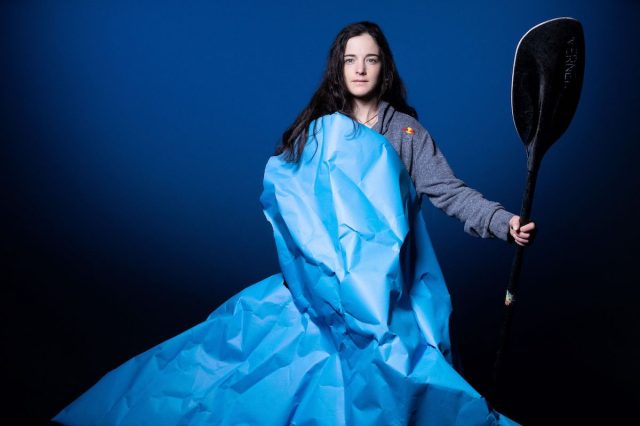

Nouria Newman is a professional kayaker. She shared her tips for being a good kayaker with Red Bull. “If you need your arms to pull hard on your paddle, but you also need a good core to move your kayak. As you pull on your paddle, you have to be able to transfer the forces through your core all the way to your feet, with which you push on your footrest – that’s what helps your boat move forward. To move your boat around when you want to turn, but also every time you edge, you need good core muscles. There are hundreds of good core exercises, switch them up to keep it entertaining.”


Melissa Arnot has climbed Mount Everest multiple times. She shared how she trains to climb in an interview with Outside Online. “Downhill hikes are one of the most important things I do. Three days a week I hike in my crampons and climbing boots, with 50 pounds of weight in my bag, 3,000 feet up at Sun Valley. Then I hike right back down. A lot of people think it’s bad for their knees, so they ski down or take the lift. But you’re working totally different muscles.”


Sophia Danenberg is the first black woman to climb Mount Everest. She talked about being a role model for climbers of color to Melanin Base Camp. “There are a lack of role models for people of color in the climbing community. I also think that climbing is an indicator of lagging social economic issues, in our country. People who climb big mountains are all the same: well educated, work at an engineering company, from upper middle class families. Climbing is time consuming and costly, no matter what anyone says about the metaphysical part of climbing it’s a selfish, non productive activity. It’s hobby that takes a lot of time, it’s a selfish hobby, it’s a hobby that I love. Some people don’t have the privilege of not being productive.”
